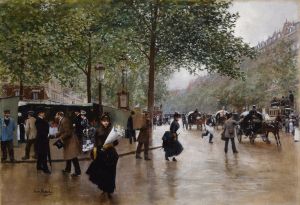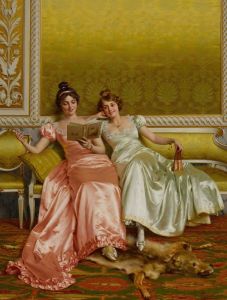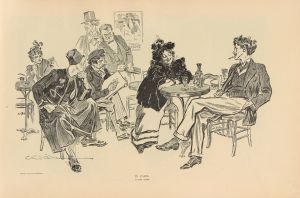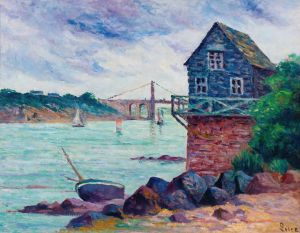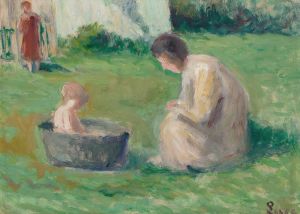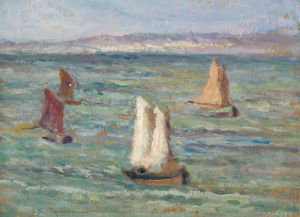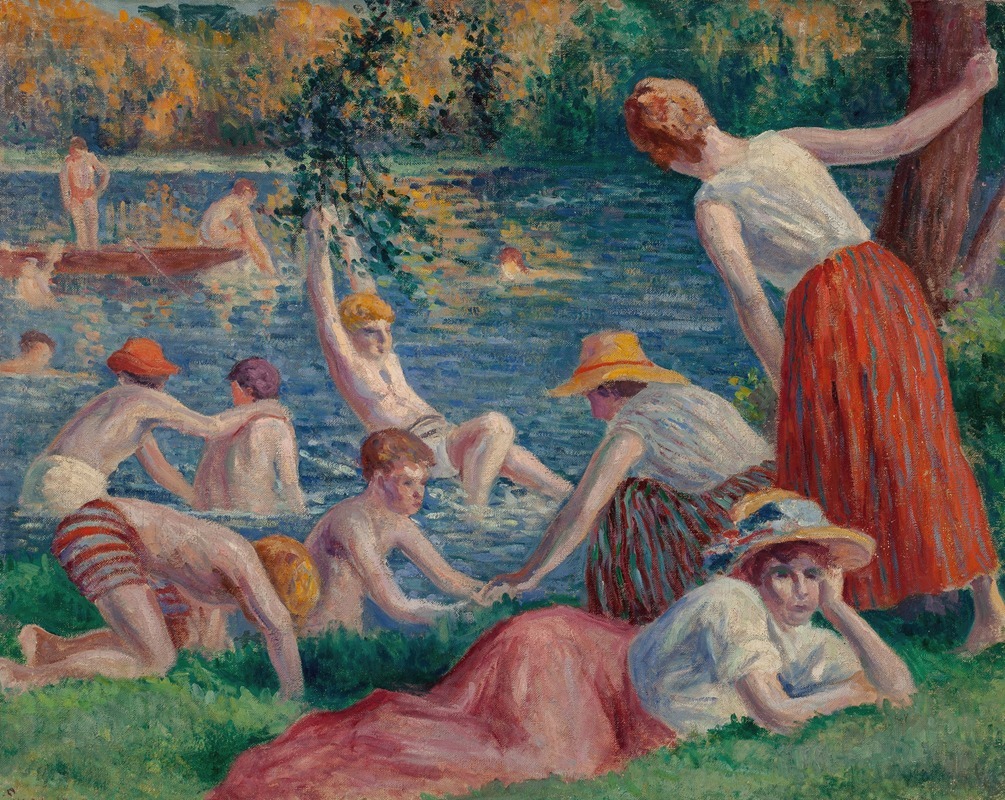
Baignade dans la Cure
A hand-painted replica of Maximilien Luce’s masterpiece Baignade dans la Cure, meticulously crafted by professional artists to capture the true essence of the original. Each piece is created with museum-quality canvas and rare mineral pigments, carefully painted by experienced artists with delicate brushstrokes and rich, layered colors to perfectly recreate the texture of the original artwork. Unlike machine-printed reproductions, this hand-painted version brings the painting to life, infused with the artist’s emotions and skill in every stroke. Whether for personal collection or home decoration, it instantly elevates the artistic atmosphere of any space.
Maximilien Luce was a prominent French Neo-Impressionist artist known for his contributions to the Pointillist movement, which was characterized by the use of small, distinct dots of color applied in patterns to form an image. One of his notable works is "Baignade dans la Cure," which translates to "Bathing in the Cure." This painting exemplifies Luce's mastery of light, color, and his ability to capture the essence of leisure and nature.
"Baignade dans la Cure" was painted in the late 19th or early 20th century, a period when Luce was deeply involved with the Neo-Impressionist movement. This movement was pioneered by Georges Seurat and Paul Signac, who were known for their scientific approach to painting, focusing on color theory and the optical effects of colors placed side by side. Luce, influenced by these ideas, adopted the Pointillist technique, which is evident in this painting.
The painting depicts a serene scene of people bathing in the Cure River, a tributary of the Yonne River in France. The setting is likely rural, capturing the tranquility and simplicity of life away from the bustling urban centers. Luce's choice of subject reflects a common theme in his work: the depiction of everyday life and the beauty found in ordinary moments. The use of Pointillism in "Baignade dans la Cure" allows Luce to explore the effects of light on water and the surrounding landscape, creating a vibrant and dynamic composition.
Luce's palette in this painting is characterized by soft, harmonious colors that convey a sense of calm and relaxation. The water is depicted with a range of blues and greens, while the figures are rendered in warm tones that stand out against the cooler background. This contrast not only highlights the figures but also emphasizes the play of light on their bodies and the water's surface. The meticulous application of color dots creates a shimmering effect, capturing the movement and fluidity of the scene.
Maximilien Luce was not only an artist but also an anarchist, and his political beliefs often influenced his work. While "Baignade dans la Cure" is primarily a depiction of leisure, it can also be seen as a reflection of Luce's interest in the lives of ordinary people and his desire to portray them with dignity and respect. This focus on the human experience is a recurring theme in Luce's oeuvre, aligning with his political ideals of equality and social justice.
Throughout his career, Luce remained committed to the principles of Neo-Impressionism, even as other artists moved away from the style. His dedication to the technique and his ability to convey emotion and atmosphere through color and light have earned him a significant place in the history of art. "Baignade dans la Cure" is a testament to Luce's skill and his unique vision, capturing a moment of peacefulness and joy in the natural world.
Today, Maximilien Luce's works, including "Baignade dans la Cure," are celebrated for their technical precision and their ability to evoke the beauty of everyday life. His paintings are held in various public and private collections, where they continue to be appreciated by art enthusiasts and scholars alike.






